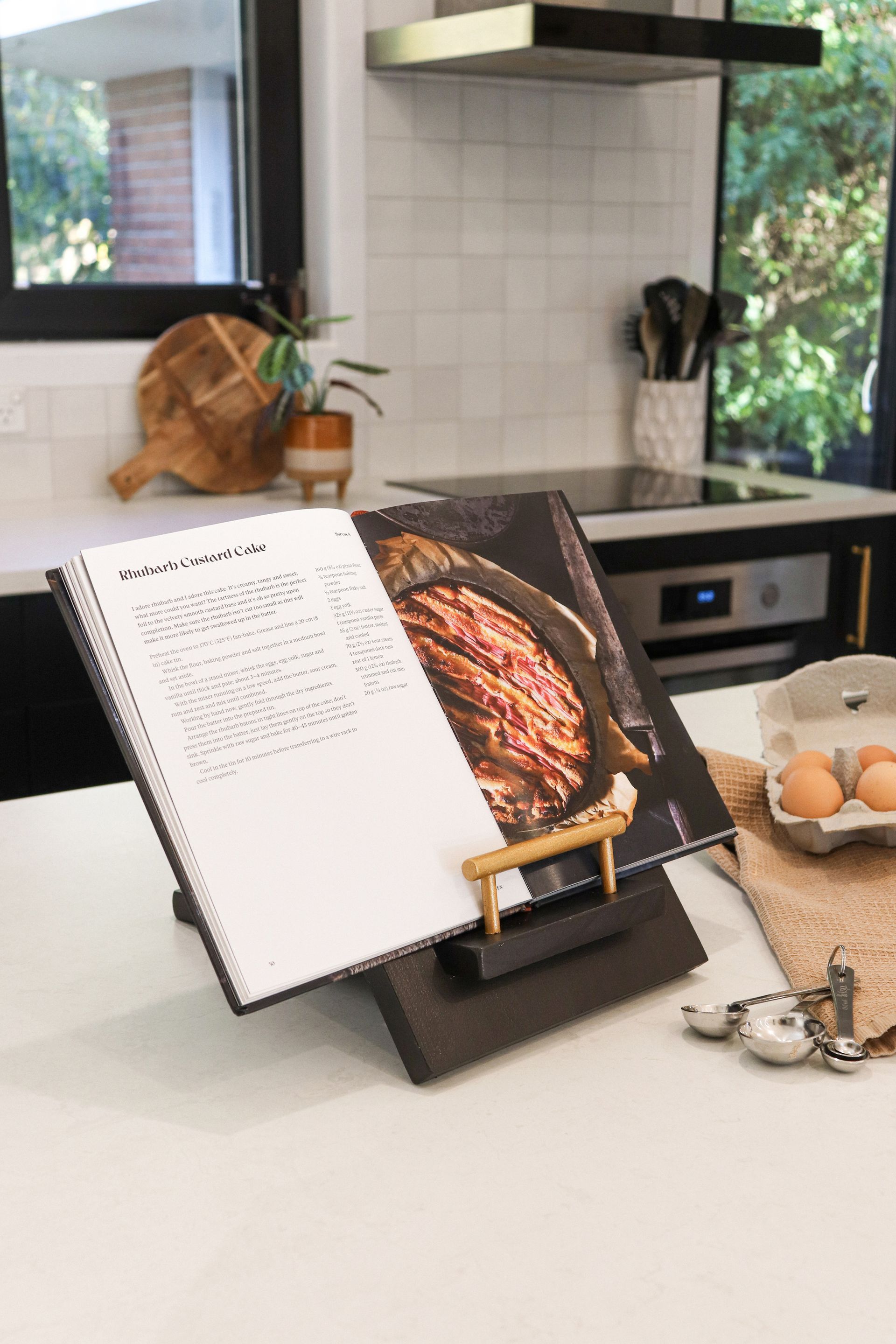Together with the Southern Cochlear Implant Programme you can make an impact today and give the gift of hearing to a profoundly deaf New Zealander.
Just hours after his cochlear implant was switched on for the first time, Murray Beck celebrated by going to the supermarket to get a bottle of milk – by himself. This simple, routine chore was a significant milestone for Murray, who is profoundly deaf. It was the first time in years that he had been able to venture out on his own without family members to communicate on his behalf.
His wife Julie was ‘gobsmacked’. ‘I thought he was joking when he said he was off to get some milk,’ says Julie. ‘He hasn’t left the house without me or another family member for years. It was just too hard as he couldn’t hear or talk to people.’
Murray received his cochlear implant in December 2020. Since then, his life has changed dramatically. ‘It’s nothing short of a miracle. Things just keep getting better and better. I can hear my grandchildren, which is magic. I can talk to people now and have conversations with friends that I haven’t had in years. I’ve got my life back.’
Murray is just one of 1,094 New Zealand children and adults who have been assisted on their hearing journey by the Southern Cochlear Implant Programme (SCIP), who make the life-changing benefits of a cochlear implant more easily attainable for anyone who could benefit from the technology.
As a registered charity operating as a not-for-profit, the programme is funded by the Ministry of Health to provide public cochlear implant services to children and adults, and private procedures to those who do not meet the Ministry of Health candidacy or eligibility guidelines.
The onset of total and permanent hearing loss can happen to anyone at any time. It is not part of the ageing process, but a serious disability usually caused by disease or genetics. A cochlear implant is the last and only viable treatment for many, and the technology is considered a medical miracle by recipients.
Because demand exceeds Ministry of Health funding, SCIP rely on public donations and bequests to fund cochlear implants. By leaving a gift in your will, you will be helping the ever-increasing number of people who rely on SCIP through their hearing journey and make sure they are supported throughout their lifetime.
There are many ways to give, whether it be a percentage of your estate, a fixed sum or an asset. ‘Bequests are a valuable and increasingly popular income stream because they do not require an immediate financial outlay from the donor, and they provide the charity with an income that aligns with its long-term organisational goals,’ says SCIP Chief Executive Neil Heslop.
‘Endowment gifts are also a great asset for charitable organisations because they provide a regular planned income in perpetuity (forever). Donations go into a managed fund, with interest being paid to the charity each year, while the original donation remains in the fund to earn interest in subsequent years. For example, a donor might make a $10,000 endowment gift to SCIP to generate 4 per cent (or $400) each year, for generations to come. This enduring nature of endowments is very attractive to donors.
‘By leaving a gift in your will, you will be helping people who rely on us through their hearing journey and make sure they are supported for their lifetime.’
For Murray, the chance to hear again has been life-changing. ‘Before the implant my family had to do all the phone work for the farm and go into town for me to pick up supplies and equipment,’ says Murray. ‘I never really left the property by myself. My social circle consisted of Julie, my son and my daughter. That has all changed. I can now take care of the business side of the farm and I’m happy to go out and talk with people again. It’s marvellous.’
For Julie, the cochlear implant has given her back her husband. ‘I’ve got my old Murray back. He is cheeky again – that disappeared with his hearing loss. He has always been a pretty happy man, but he is beaming now.’
For more information, visit scip.co.nz.
Recent stories





